
Graphic novel tells tale of Covid-19 impact
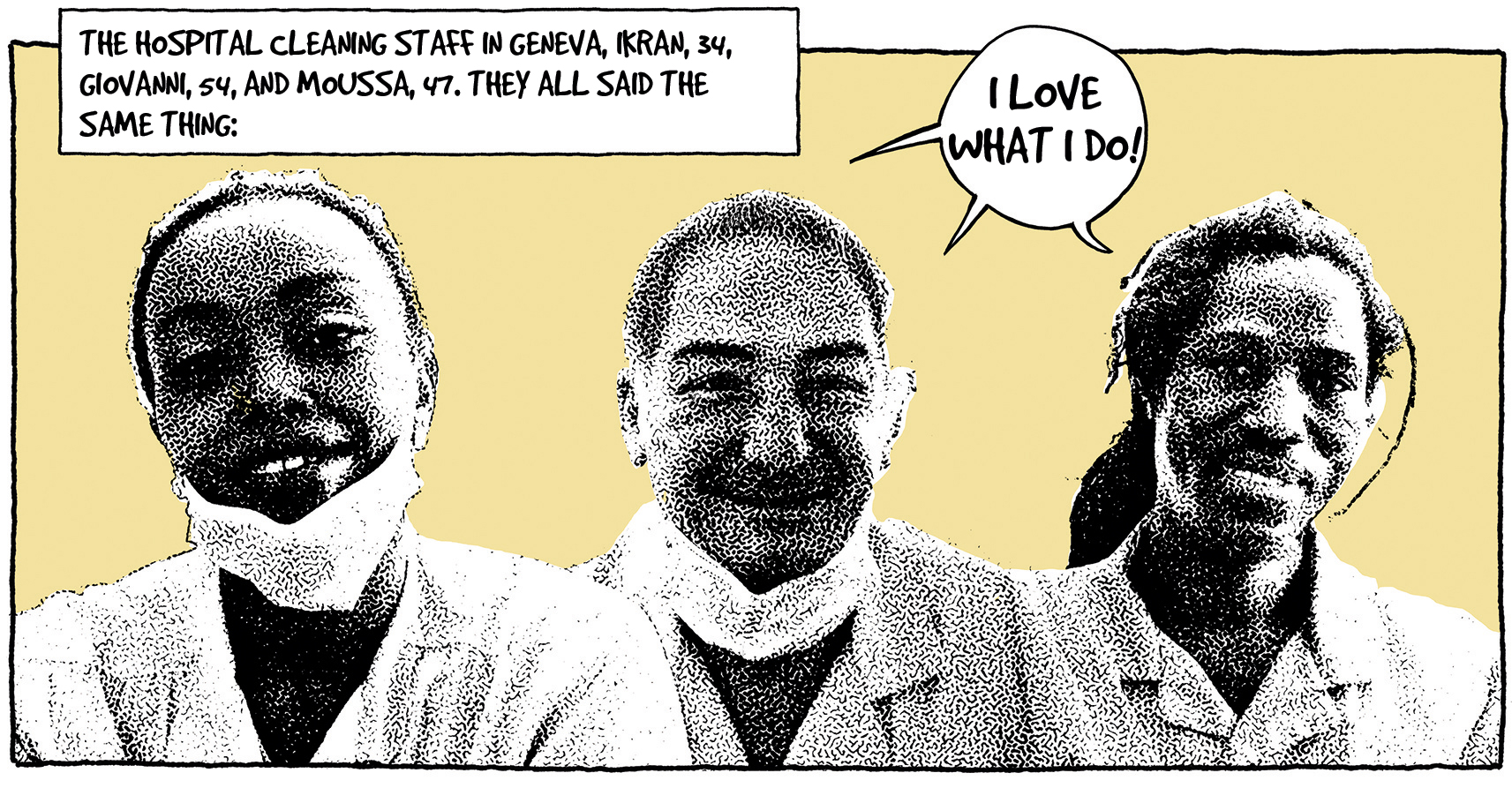
In his new graphic novel “Au coeur de la vague” [At the heart of the wave], cartoonist Patrick Chappatte tells the story of the Covid-19 health crisis and the upheaval the virus has caused locally and globally.
Patrick Chappatte, 53, is a well-known Swiss-Lebanese editorial cartoonist based in Geneva who works for various newspapers and magazines. He is also a pioneer of graphic journalism, or “comics” journalism, which he has developed since the 1990s in print, on the web and for TV.
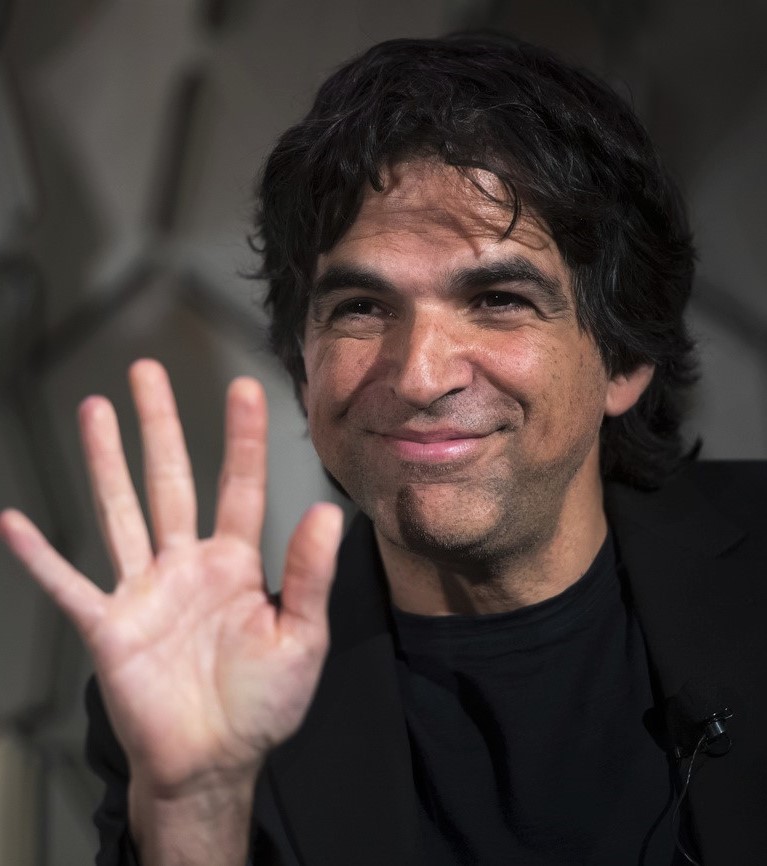
Last month the Fondation de Genève awarded him their 2020 prize. ChappatteExternal link also chairs the Freedom Cartoonists Foundation, a new organisation that has emerged from the Cartooning for Peace, an initiative he founded in 2010 with former UN secretary-general Kofi Annan.
swissinfo.ch: You have experienced the coronavirus pandemic in two ways, both as a journalist and as a patient. How did this intense experience shape your new book?
Patrick Chappatte: The book tries to show both the macro and micro aspects of the pandemic – it even feature the microbe that infected me. I have tried to illustrate these different levels: the personal experience of the narrator who was so keen to describe the disease that he caught it himself (grins), but also of course the collective experience, such as at Geneva University Hospitals (HUG). Throughout the world, this experience was a local and a universal one. I try to illustrate that in this reportage.
Combining these different levels is my way of describing this unprecedented experience, both collective and personal, which the initial phase of the pandemic turned out to be.
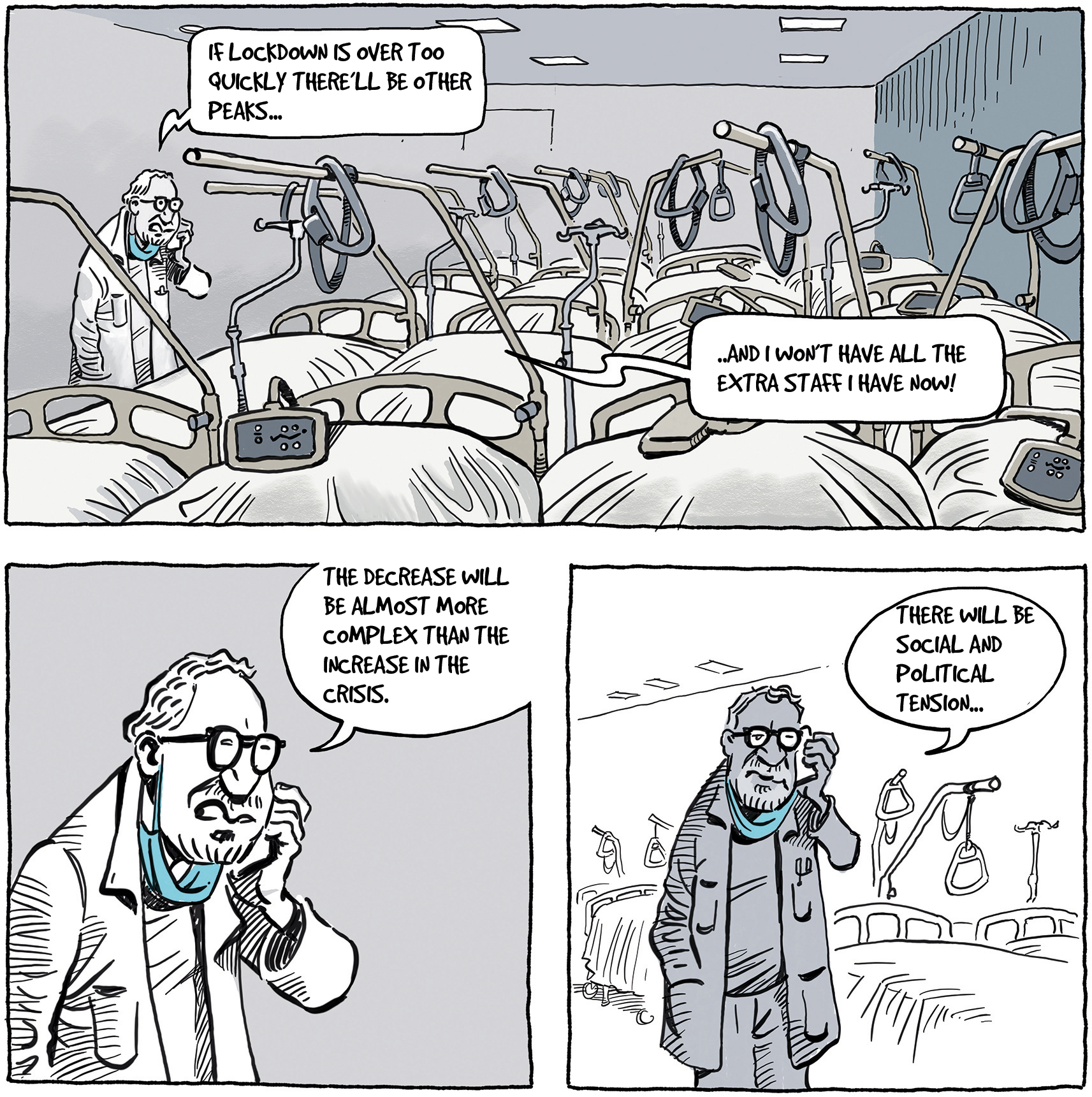
What about the personal level?
In early March, I started to work on the comic strip during the ten days of my isolation due to a fever. This turned out to have been caused by Covid-19, as I discovered in June.
We tend to forget everything that has happened since the beginning of the year. It was all so unprecedented and traumatic, and it all happened so fast. Governments figured out ways to confine us to our homes that were pretty drastic. This took us back to what it must have been like in the Middle Ages.
In this hyper-technical society of ours, the response to the age-old problem of a plague was not very modern at all: keep to yourself, and wash your hands. I soon realised that the story needed to be told, bringing together the local and the global.
Faced with coronavirus, we all indulged in a certain amount of magical thinking as well. When people feel afraid, everyone holds onto what they can, and reacts either with denial, total panic, or blind obedience to some guru-like authority figure. That was the first wave, but it had all the ingredients we now find in this ongoing crisis.
At the outset of the pandemic here in Switzerland, citizens obeyed government ministers and generally trusted them. Today, as we enter this terrible second wave these feelings have weakened. Haven’t we learned any lessons from history?
At the start, the authorities were telling us that masks were not that important – because there weren’t any. The same thing for tests. I hope this isn’t going to be the same again.
That said, the virus progresses faster than we do. At the start, we were all taken by surprise. I caught it at a time when the virus still seemed a remote possibility, although it had been going around at dinner-tables in town for a while.
This time, it has outsmarted us again. This new wave of contaminations had been expected, but it was supposed to come later. Of course, timing is crucial, given the exponential increase in cases of infections.
But, as I say in my book, [Geneva HUG doctor] Didier Pittet was already quite aware in mid-April that autumn would be tough, politically as well as health-wise.
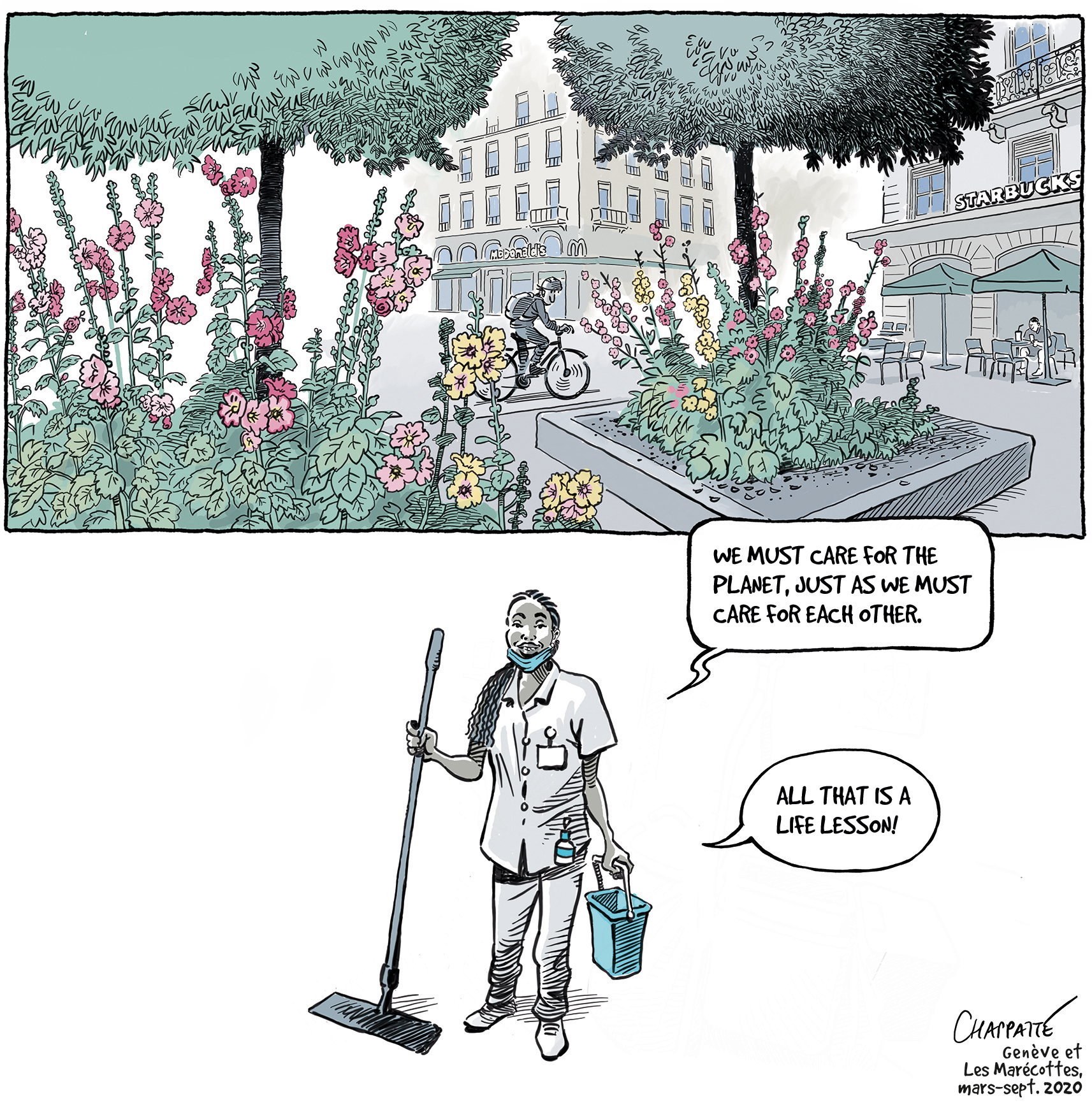
Even the hospitals seem to be caught off guard now, without a plan ready to put in place.
Yes, but it’s not exactly the same situation now. Collectively, we are running out of steam. In my book I try to describe the sense of innocence before the virus appeared, and the upheaval caused by the first wave. I won’t be writing a volume two, because what’s happening now is not at all funny.
Collectively, we have been through some very tough times. In human terms, the hospitals and the intensive-care staff have not had a chance to recover from the first wave. So the second wave is coming upon us when there is already this burden and this strain. The resources are there. But hospitals are not going to make lots of extra room for Covid patients like they did before. The first emergency plan just about shut the hospital system down. The hospitals this time may have to start doing triage with patients. We’ve never known that kind of a situation in Switzerland.
We’ve certainly learned one lesson: you can’t be on maximum alert for months or even years at a stretch – because Covid seems to be settling in for the long haul. That’s what is depressing for many of us, I think.
Your new book gives a comic-strip account of events, and at the end of each chapter, we see the cartoons you produced on the topic during the first wave. What’s behind this special approach?
It helped me a lot as narrator. I am a newspaper cartoonist and I have been doing comic-strip journalism since 1995. At the graphic level, I use two different styles. For the comic-strip journalism, I tend towards a more realistic representation of scenes, without the biting cynicism you find in a cartoon.
This book gave me an opportunity to combine these two approaches, and they actually complement each other. The press cartoons allowed me to focus on the disastrous mismanagement of Covid by Donald Trump, for example, or the wider social impact of the pandemic. These cartoons also mean you can inject a welcome dose of humour into a story which otherwise has you most of the time looking inside intensive care wards.
Drawing as a form of storytelling also allows me to present these life and death places, while avoiding the trap of voyeurism and keeping a distance from shocking images. This allows the reader to feel empathy.

In compliance with the JTI standards
More: SWI swissinfo.ch certified by the Journalism Trust Initiative




























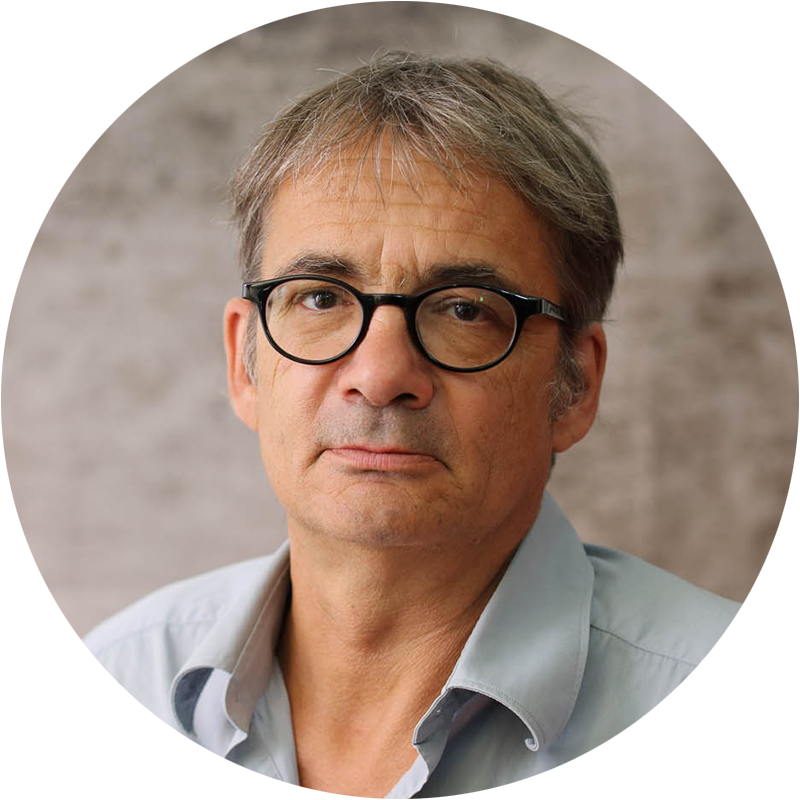
Join the conversation!